+86-159 9860 6917
info@geofantex.com
geofantex@gmail.com
+86-400-8266163-44899
In the realm of construction and environmental engineering, the use of geomembranes has become increasingly prevalent, offering solutions for waterproofing, containment, and environmental protection. Geomembrane spreader bars are integral to the efficient and effective deployment of these geomembranes. These tools play a pivotal role in ensuring the material’s integrity and performance. This article delves into the specifics of geomembrane spreader bars, exploring their purpose and application in construction and answering some common questions related to their use.
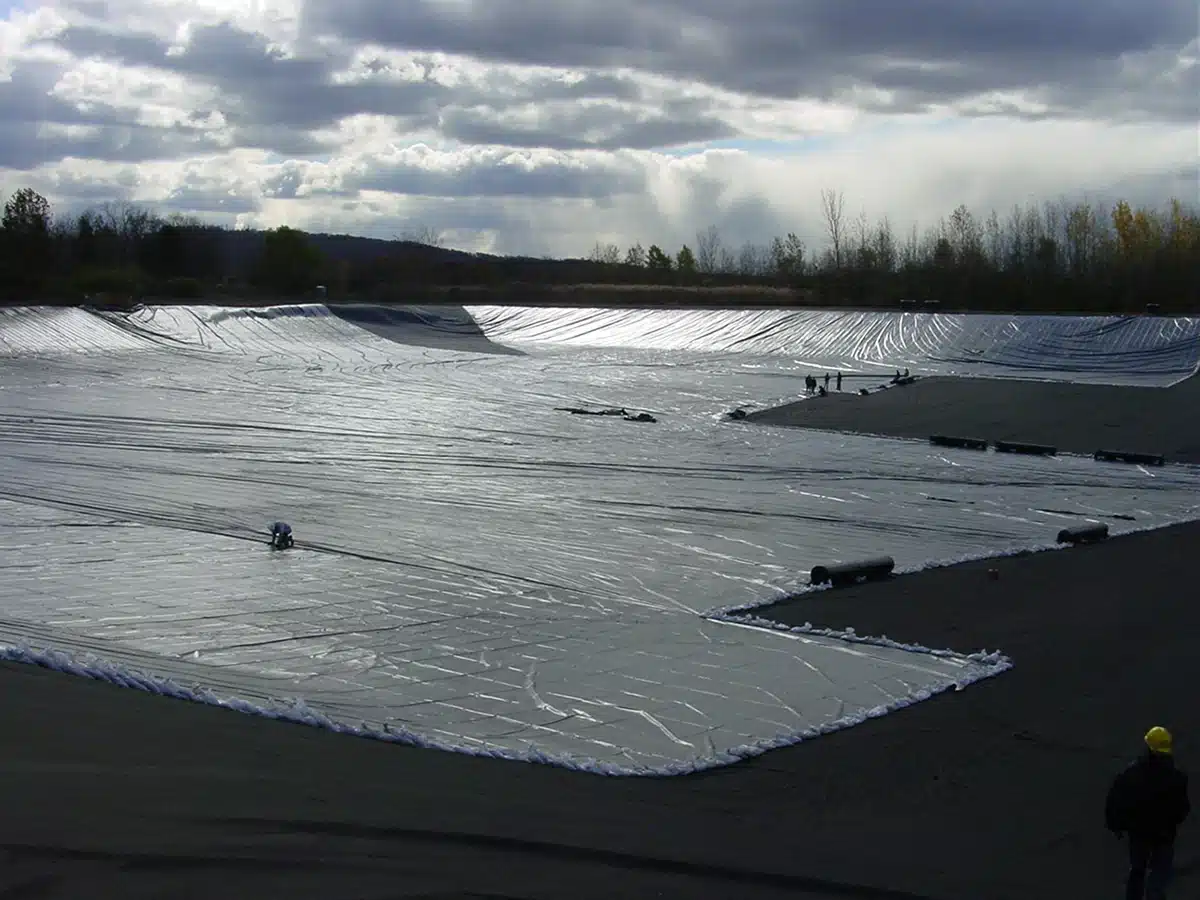
What are spreader bars used for?
Spreader bars are lifting devices used to safely and evenly distribute the load of heavy objects during hoisting or rigging operations. Their main functions include:
- Load Distribution: They prevent the lifting slings from compressing or damaging the load by spreading the lifting points apart.
- Load Stability: Spreader bars improve the balance and stability of the load during lifting.
- Safety Enhancement: They reduce stress on lifting slings and hardware, helping to prevent accidents or equipment failure.
- Versatility: Used in construction, shipping, manufacturing, and other industries to lift items like containers, machinery, or large structural components.
In summary, spreader bars are essential for lifting wide or fragile loads safely and efficiently.
What Is a Spreader Used for in Construction?
In construction, a spreader refers to tools or machines designed to evenly distribute materials or loads, and each type serves a specific function essential for site preparation, structural work, or finishing tasks, including:
- Concrete Spreaders: Distribute freshly poured concrete evenly across floors, slabs, and pavements to achieve uniform thickness and smooth surfaces.
- Material Spreaders: Apply sand, gravel, asphalt, or similar aggregates in road and foundation work, ensuring consistent layers and improved structural performance.
- Seed Spreaders: Used during landscaping to uniformly distribute grass seed or vegetation around construction areas for erosion control and aesthetic finishing.
- Spreader Beams: Lifting devices used with cranes to evenly distribute the weight of large or irregular loads, increasing safety and stability during hoisting operations.
- Fertilizer Spreaders: Ensure even application of fertilizers in landscaping or site restoration to promote healthy vegetation around completed structures.
Overall, spreaders in construction ensure even material distribution, improved surface quality, safer lifting, and enhanced durability of built structures.
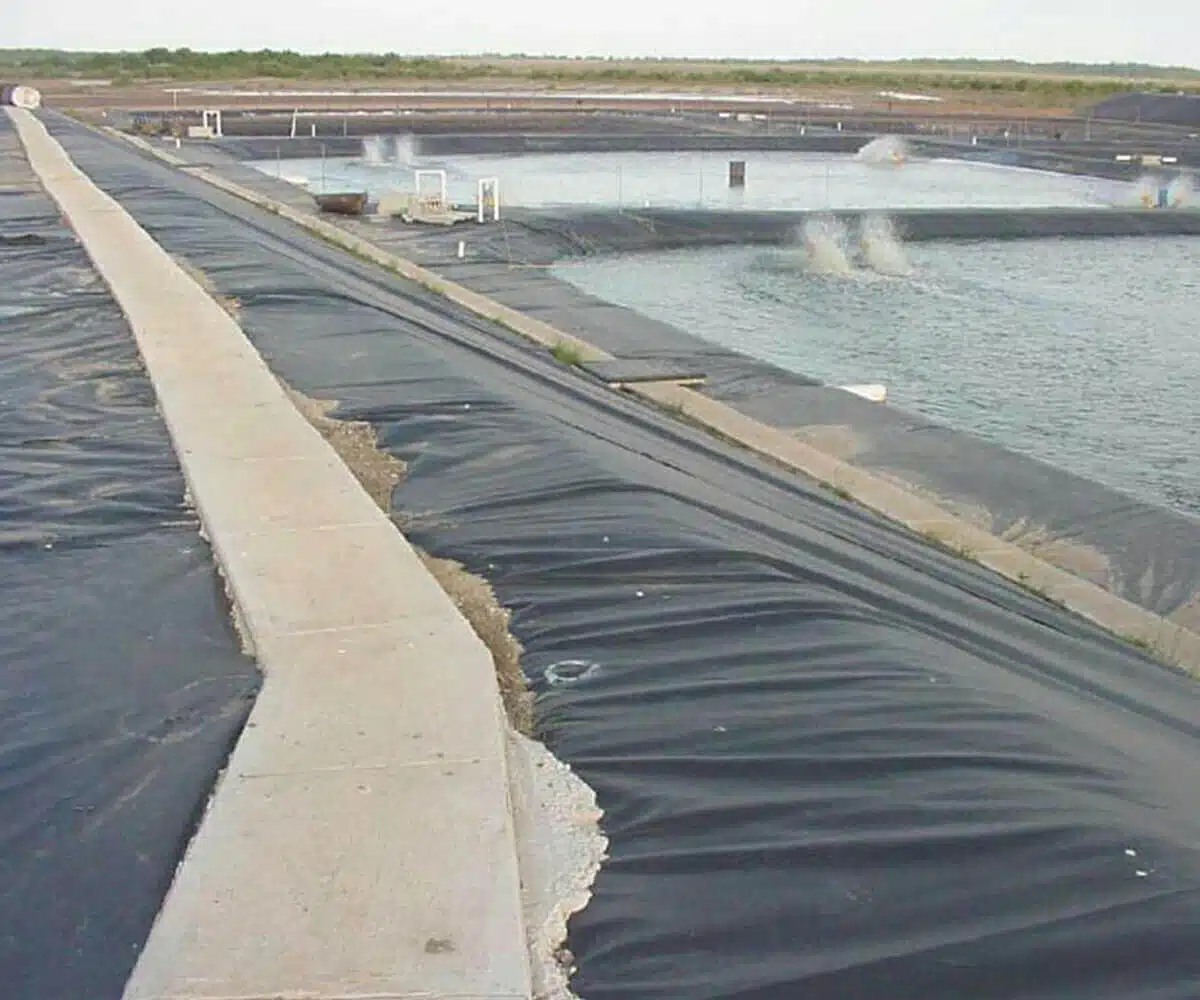
How do geomembrane spreader bars enhance installation efficiency?
Geomembrane spreader bars significantly enhance the efficiency of geomembrane installation in several ways:
- Uniform Distribution: They help in the uniform distribution of the geomembrane material over the installation area. Spreaders ensure that the geomembrane is laid out flat and even, reducing wrinkles and folds that can compromise the liner’s integrity and effectiveness.
- Speed of Installation: By attaching the geomembrane rolls to spreader bars, large sections can be unrolled and positioned more quickly than manual methods. This mechanization significantly speeds up the installation process, allowing for quicker project completion times.
- Reduced Labor Costs: The use of spreader bars can reduce the amount of manual labor required to handle and position the geomembrane, lowering the overall labor costs associated with the installation process.
- Safety Improvements: Handling large and heavy geomembrane rolls can pose safety risks to workers. The use of spreader bars can minimize these risks by mechanically handling the heavy lifting and positioning, reducing the chance of workplace injuries.
- Precision and Quality: Spreaders help in achieving more precise alignments and uniform tension across the geomembrane, which is crucial for ensuring the quality and longevity of the installation. Proper tensioning and alignment help minimize stress points that could lead to tears or leaks.
- Adaptability to Terrain: Spreaders can be adjusted to accommodate different terrain types and obstacles, ensuring that the geomembrane is laid out smoothly over complex landscapes. This adaptability is essential in ensuring the effectiveness of the barrier in diverse environmental conditions.
- Efficient Seaming: By laying out the geomembrane smoothly and evenly, spreader bars facilitate the seaming process. Well-positioned geomembranes make it easier to weld or bond seams, ensuring a secure and leak-proof installation.
In summary, geomembrane spreader bars play a crucial role in enhancing the efficiency, safety, and quality of geomembrane installations. They allow for faster, safer, and more cost-effective deployments, which is particularly beneficial in large-scale environmental and civil engineering projects.
What considerations should be made when selecting a geomembrane spreader bar?
Selecting the right geomembrane spreader bar is crucial for effectively deploying and handling geomembranes, especially in large-scale applications such as environmental protection, water reservoirs, and landfill caps. Here are several important considerations to keep in mind when choosing a geomembrane spreader bar:
- Width and Length of Geomembrane: Ensure the spreader bar is suitable for the width and length of the geomembrane. A bar that is too short may not spread the material effectively, while one that is too long can be cumbersome to handle.
- Material and Construction: The spreader bar should be made from a material that is durable and resistant to corrosion, especially if used in harsh environmental conditions. Common materials include steel and aluminum. The construction should also support the weight and tension of the geomembrane without bending or breaking.
- Weight Capacity: Check the load capacity of the spreader bar to make sure it can handle the weight of the geomembrane, especially when it is at full width and potentially laden with water or other substances during deployment.
- Ease of Attachment: The spreader bar should have easy-to-use mechanisms for attaching and detaching the geomembrane. This is important for efficient operation and minimizing downtime during deployment.
- Portability and Storage: Consider how easy it is to transport and store the spreader bar. Lightweight materials and a design that allows for disassembly or compact storage can be advantageous, especially for projects in remote locations.
- Adjustability: An adjustable spreader bar can be beneficial as it allows for customization based on the specific dimensions of different geomembranes or changes in the project requirements.
- Compatibility with Deployment Machinery: The spreader bar should be compatible with the machinery used for deploying the geomembrane, such as cranes or winches. Ensure that the connections and lifting points are standardized according to the machinery specifications.
- Safety Features: Safety is paramount, so look for spreader bars that include features such as locking mechanisms, safety latches, and robust attachment points to prevent the geomembrane from slipping or the bar from detaching during lifting.
- Vendor Reputation and Support: Choose a spreader bar from a reputable vendor known for quality products and good customer support. Availability of parts, repair services, and technical support can be crucial, especially for long-term projects.
- Cost: While it’s important to find a spreader bar that fits the budget, it’s equally important not to compromise on quality and safety features. Consider the total cost of ownership, including maintenance and potential downtime costs, when making your selection.
By considering these factors, you can choose a spreader bar that not only meets the specific needs of your project but also ensures safe and efficient operation.
Geomembrane spreader bars are indispensable tools in the construction and environmental engineering sectors, facilitating the efficient and effective deployment of geomembranes. They ensure the material’s integrity by evenly distributing weight and minimizing the risk of damage during installation. By understanding the purpose, application, and selection criteria of geomembrane spreader bars, professionals can significantly improve the quality and efficiency of their projects, leading to better environmental protection and project outcomes.
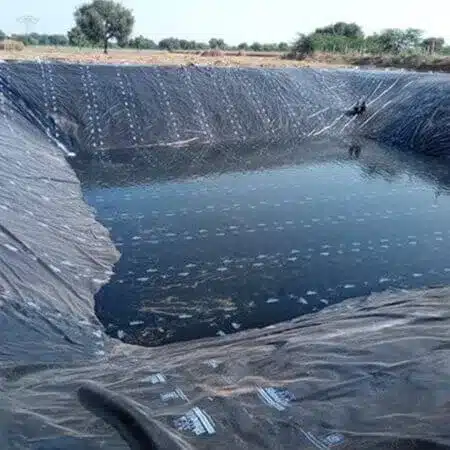
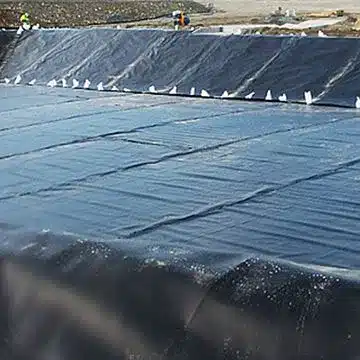
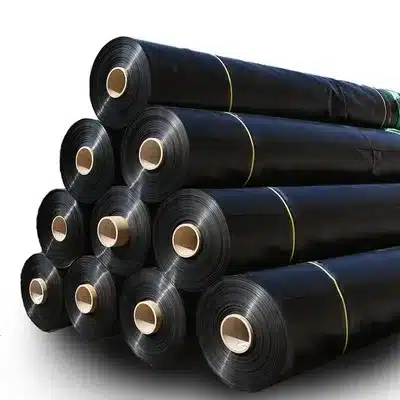
Get Free Sample
We’ll respond as soon as possible(within 12 hours)






















